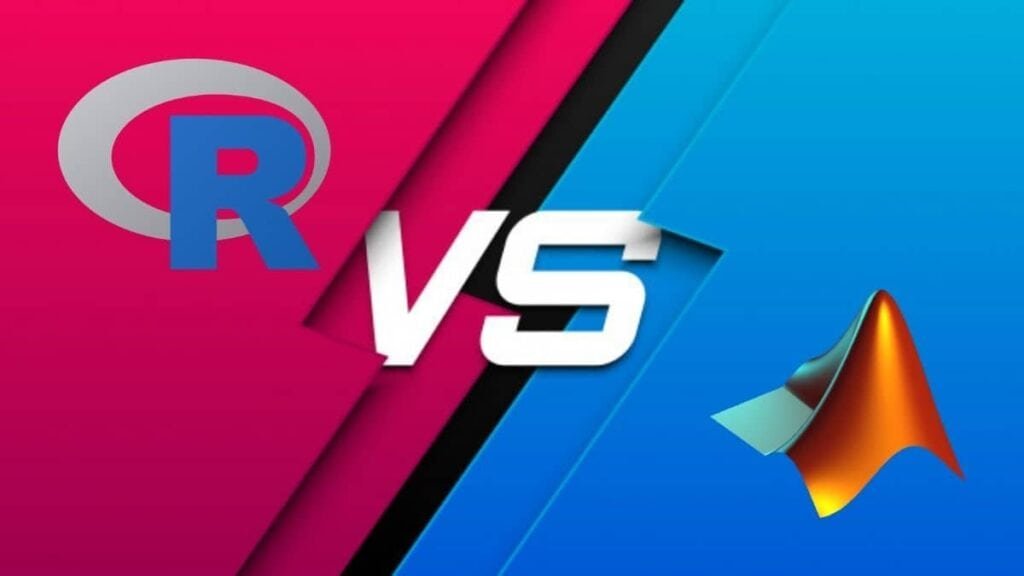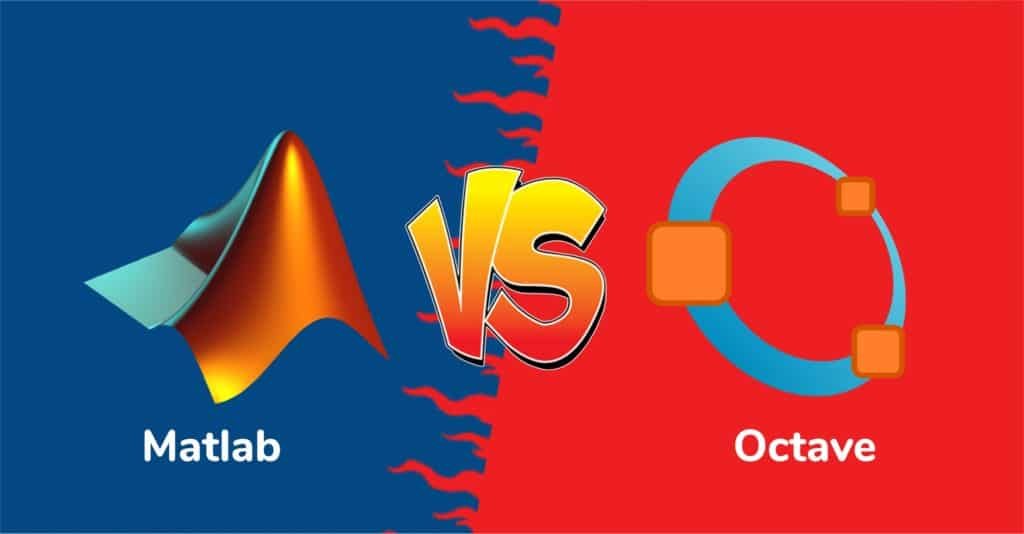If you are looking for programming languages for robotics then you are at the right place. However, programming is one of the most valuable things in the 21st century. No task is completed in the IT industry without programming. A person who is an advanced professional in programming has a very high market value.
The same goes for the robotics and automation sectors as well. It shows us how important programming will be in the future more than in the present.
What is Robotics?
Table of Contents
Robotics is a field that includes computer science, electronics, electrical, mechatronics, machine, and deep learning, instrumentation, and artificial intelligence. The area has a challenging learning and experimentation curve since it encompasses so many different topics and applications.
It offers enormous potential as well, but they need a lot of commitment. One needs specialization in the above-mentioned areas as well as a set of reliable programming languages to pursue a career in robotics.
8 No-Brainer Programming Languages For Robotics For 2023
Here, we have researched and listed some of the top Programming Languages for Robotics sectors that are in great demand.
1. Programming Languages for Robotics: Lisp
The second-oldest programming language which is in use today is Lisp. Though less well-known than other programming languages, it is essential in the field of AI. Lisp is used in some of the most important parts of ROS (robot operating system).
It was first created for practical mathematical notation that can be used in computer systems, and this property made it a favorite language for work on artificial intelligence. The language is used in a microcomputer category, to create robot control functions that help in the operation of different robot functions.
Lisp also has tree data structures, automated storage management, dynamic typing, conditionals, recursion, elevated-order functions, read-eval-print loops, and self-hosting compilers.
2. Programming Languages for Robotics: BASIC and Pascal
The foundational scripts for several industrial robot languages are BASIC and Pascal, both of which are programming languages from the genesis family. One of the first widely used programming languages, Beginners All-Purpose Symbolic Instruction Code (BASIC) was created with beginners in mind.
A few micro-monitors, like Basic Micro, BasicX, and Parallax, still use it today for training robots.
Pascal is a language credited with introducing constructs into the field and used to replace BASIC in programming. It requires excessive coding, as well as admirable programming techniques.
Although these old programming languages may not be up to date with modern standards, they are a great resource for new programmers to familiarise themselves with technical concepts and capabilities.
3. Programming Languages for Robotics: C and C++
The most developed programming languages are C and C++, they are a must for the robot business and are taught practically in every engineering college.
C and C++ are among the most widely used programming languages in robotics because they enable communication with low-level hardware. C/C++ is a good place for beginning roboticists to start since it has more tools and library functions.
C++ occupies a key place in the robotics programming landscape thanks to its extensive toolkit, libraries, and functions. To achieve optimum robot performance, most programmers utilize C/C++.
4. Programming Languages for Robotics: C#
Microsoft’s C# is an object-oriented language. It concentrates on objects and components. The language designs offered by C# directly support this notion.
You can create many different types of software components using C#. C# has seen constant improvement since its inception, making it more adaptable and better suited to current software development and automation best practices and increasing workloads.
Frameworks for testing the automation developed in C# include NUnit, MSTest, and xUnit.
5. Programming Languages for Robotics: Hardware Description Language (H.D.Ls)
Programmers use this unique computer language to program electronic and digital logic circuits. The layout, functionality, and design of the circuits may all be programmed using HDL.
The gates and chips are always specified using Hardware Description Language, and a hardware simulator is used to model the behavior of the resulting chip specifications. Although there are several HDLs available, Verilog, VHDL, and SystemC, the most recent HDL, are among the most widely used. With design tools that allow for the creation of real-time imaging hardware, HDLs have essentially blurred the line between software and hardware development.
In contrast to the other languages listed, HDLs demand strong electronics expertise because the majority of operations are concurrent processor-based.
In contrast to traditional languages that function on control flow rather than data flow, HDLs enable object orientation and trash buildup in a straightforward manner as opposed to their complicated operations and semantics.
6. Programming Languages for Robotics: Java
Java has all the high-level functionality needed by the robotics sector to handle different robotics-related issues. Developers use Java to develop algorithms for search, ML, neural algorithms, and language processing, and the majority of employers look for Java programming expertise in IT workers.
Java is a requirement for the majority of institutions and colleges that provide robotics courses and certificates.
Related:
7. Programming Languages for Robotics: Python
Python has gained enormous popularity in comparison to other languages since it is simple to use and takes less time to learn. For instance, Python requires fewer lines of code to develop from other programming languages like Java or C/C++.
Python is a crucial component of robot operating systems and it is used to create embedded systems in the field of robotics. One of the reasons for this situation is that Python is a high-level programming language, meaning that it has less code than other object-oriented languages do.
Tech giants like Raspberry Pi and Arduino, among others, use python to develop embedded systems and comprehensive automation packages which free them from mundane programming jobs. Python offers some basic compatibility with C/C++ scripts.
8. Programming Languages for Robotics: HTML and PHP
The most widely used open-source scenario languages that may be applied to numerous contexts are HTML or PHP. The language is mostly based on syntax from C, Java, and Perl. PHP programs run on the server.
PHP is independent of how quickly a user’s computer or browser is operating. Mobile apps with databases use it more frequently. For the vast majority of operating systems, including Linux, the PHP distribution is accessible.
Is Python Or Java Better For Robotics?
When choosing between Python and Java for robotics, both have their strengths. Python is like a friendly helper for beginners. It is easy to learn and read, which is great for writing quick code and testing ideas. Python can control robots smoothly and has many libraries for image processing and sensor handling tasks.
On the other hand, Java is like a sturdy toolbox with strong tools. It is reliable and can handle complex robot systems. Java’s performance is good for real-time tasks and its strict rules help catch errors early. So, if you are new to robotics, Python is a nice starting point, but Java might be the way to go if you need power and precision.
Moreover, the choice between Python and Java for robotics often hinges on the project’s specific requirements. Python’s dynamic nature and concise syntax can be advantageous for rapidly prototyping ideas and experimenting with different algorithms. It’s like a creative canvas where developers can quickly iterate and adapt.
However, Java’s compiled nature and strict type system offer stability and predictability, making it suitable for larger, mission-critical robotic applications that demand precise control and optimized performance. Ultimately, the decision concerns the nature of the robotics tasks and the trade-offs between ease of development and computational efficiency.
Conclusion
Above mentioned list contains the best Programming Languages for Robotics. We hope our list of Programming Languages for Robotics helps our audience to advance in the future.
Nevertheless, it is essential for programmers to keep the track of other emerging programming languages other than the above-mentioned predominant languages.
Happy Coding!
FAQs
Q1. What are the best careers in robotics in 2023?
Here in this section, we listed the top 10 best careers in robotics in 2023:
1. Robotics Engineer.
2. UI/UX Designer.
3. Mechanical Engineer.
4. Design Engineer.
5. Software Engineer.
6. Hardware Engineer.
7. Sales Engineer.
8. Aerospace Engineer.
9. Computer Scientists.
10. Robotics and Electromechanical Technician.
Q2. What are the best industries that are utilizing robotics?
Here are 5 industries that are utilizing robotics:
1. Military
2. Food Preparation
3. Manufacturing
4. HealthCare
5. Agriculture


